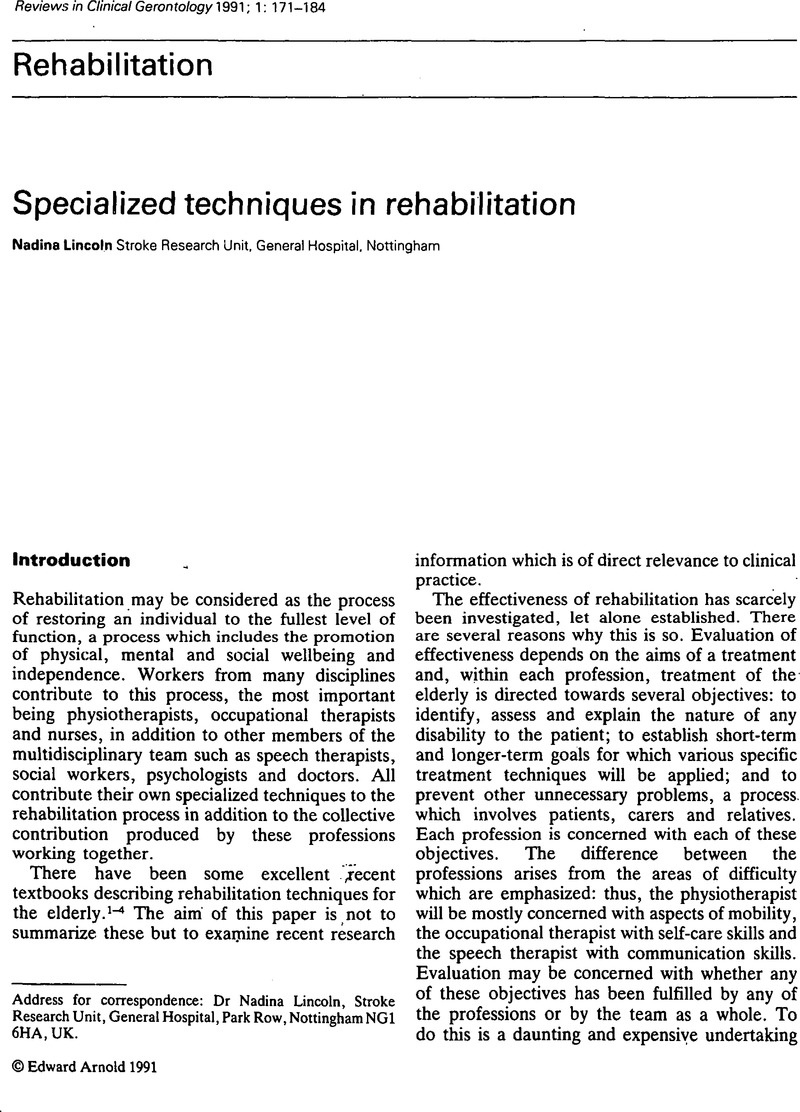Crossref Citations
This article has been cited by the following publications. This list is generated based on data provided by Crossref.
Prada, Gabriel
and
Tallis, Raymond
1995.
Treatment of the neglect syndrome in stroke patients using a contingency electrical stimulator.
Clinical Rehabilitation,
Vol. 9,
Issue. 4,
p.
304.
Walker, MF
Drummond, Aer
and
Lincoln, NB
1996.
Evaluation of dressing practice for stroke patients after discharge from hospital: a crossover design study.
Clinical Rehabilitation,
Vol. 10,
Issue. 1,
p.
23.



